
In my career as a culinary writer, I have had the privilege of speaking with many outstanding chefs, but my conversation with Eiji Taniguchi was unforgettable. His background and culinary journey took many unexpected turns. Immersed in the world of cooking from a young age, his initial dream was to become a chef of Japanese cuisine, but fate led him down a different path.

Located in a residential area of Bangkok's bustling Charoen Krung district, this very unique restaurant might be not easy to find on your first visit. Samrub Samrub Thai has recently secured a Michelin star and is ranked 31st among Asia's 50 Best restaurants. The venue, housed in a white four-story renovated residence, offers an intimate chef’s table dining experience, where the interior ambiance feels like eating and drinking in a kitchen, with the host being an exceptionally skilled chef. It also serves as a gathering place full of memories and friendships.
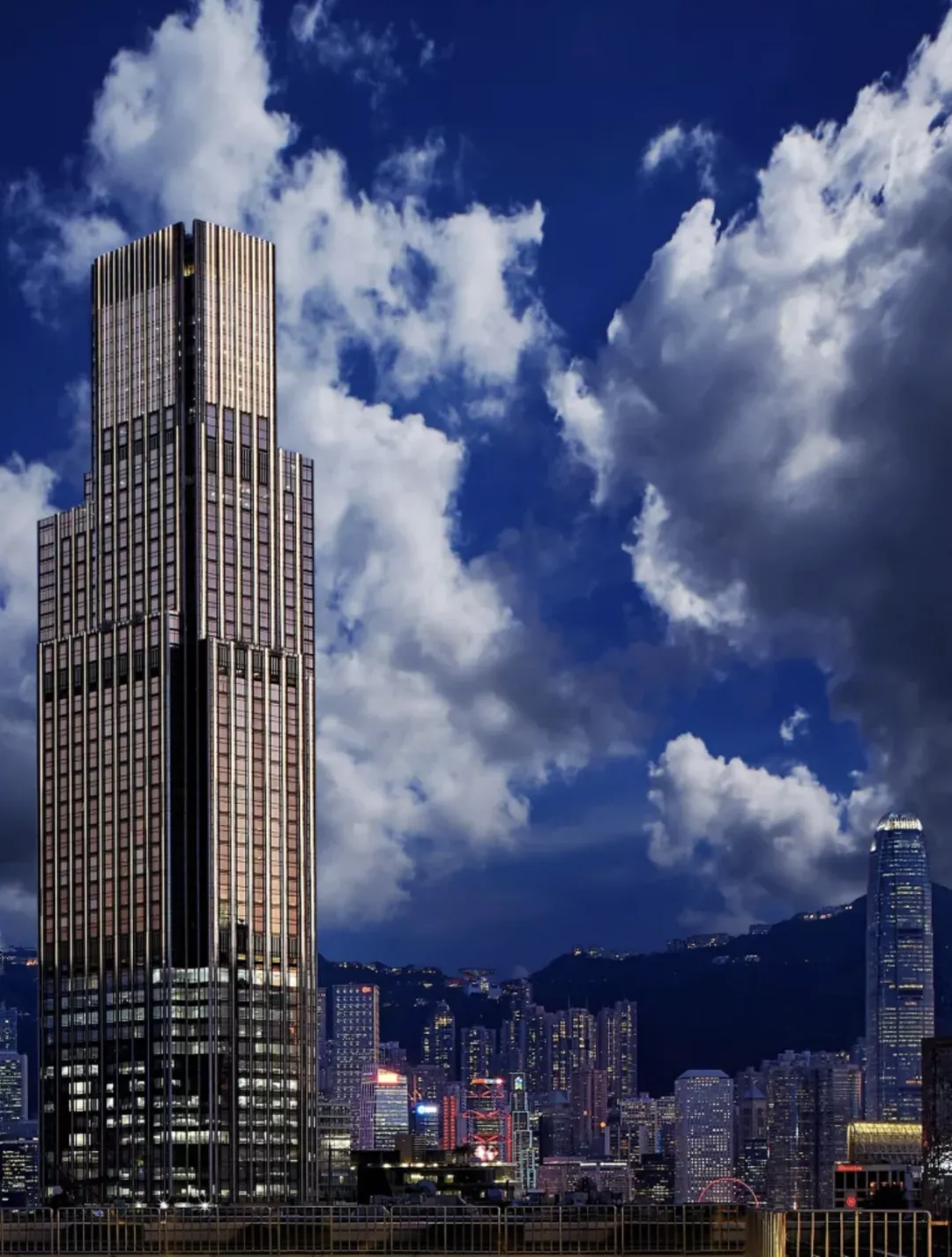
March begins with unprecedented hectic errands, the outburst of workloads diverts my spinning thought to another weekend getaway for the soma and soul. The late night whim to sojourn in the famed Rosewood Hong Kong and dive in the gleaming marble vanity heaven is absolutely beyond a fancy. My travel agent services affluent clients for long and reads my craving, she settles the booking in a click. If I had lost the sense of balance, it could only be regained through the sense of place.

Amidst the jolly sparkling Sunday brunch vibe at the riverfront, my request for usual liquid kale and ginger detox formula appears to be too sober and requires an affirmation. The order placement is treated with assurance and avidness, a Mandarin…

In March this year, I paid my first visit to Selection by Du, the flagship of “Amazing Chinese Cuisine” located on the Bund. It reminded me of my last conversation with Mr. Du four years ago. Time flies in the blink of an eye. Amazing Chinese Cuisine has now expanded to four branches, but one thing remains unchanged: Mr. Du Jianqing's obsession with quality, which is an unquestioned fact in the food community.
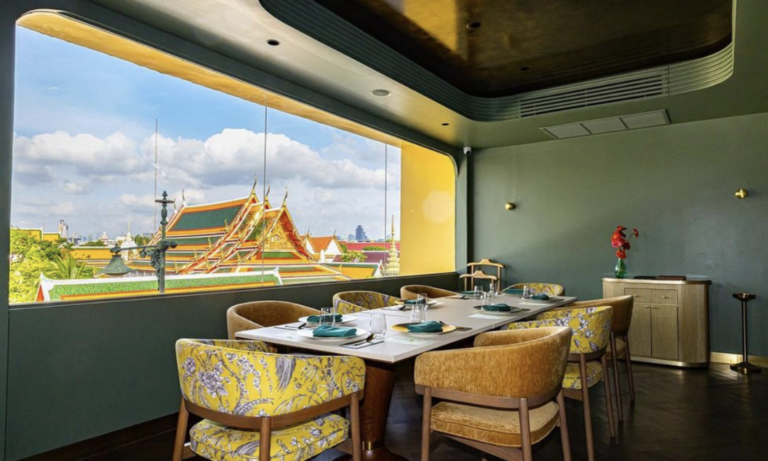
Earlier this year, I finally revisited Bangkok and had the pleasure of dining with Tam (Chaisiri Tassanakajohn), the co-founder of the acclaimed Nusara restaurant, who is also the younger brother of Le Du’s Chef Ton (Thitid Tassanakajohn). Since its opening in 2020, Nusara has proved hugely popular for its unique Thai cuisine and family-influenced culinary traditions, garnering a third place at last year's Asia's 50 Best Restaurants.
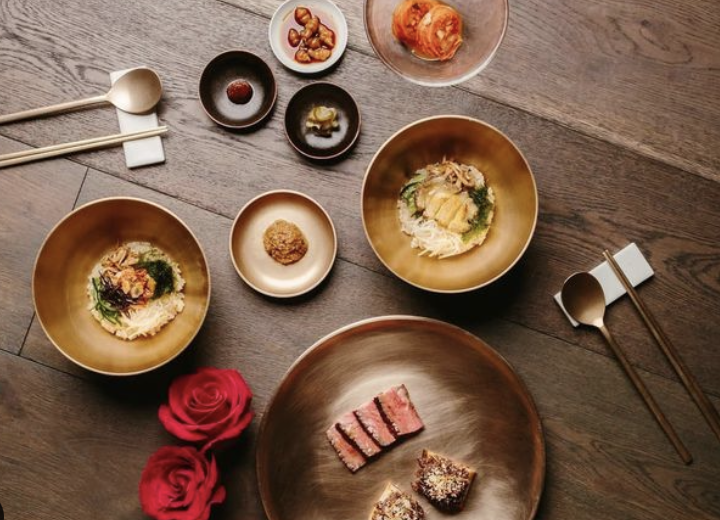
Since its opening in 2020, Hansik Goo has been crowned a Michelin star. "Hansik" means Korean cuisine, while "Goo" represents Chef Mingoo Kang's innovative Korean dishes, aimed at offering a relaxed enjoyment of authentic modern Korean cuisine. The setting is spacious and bright with a warm ambiance. Interestingly, the building is home to many other Michelin-starred restaurants: The Chairman, Vea, and Wing. I said to myself that I should really stay longer next time I come to Hong Kong.
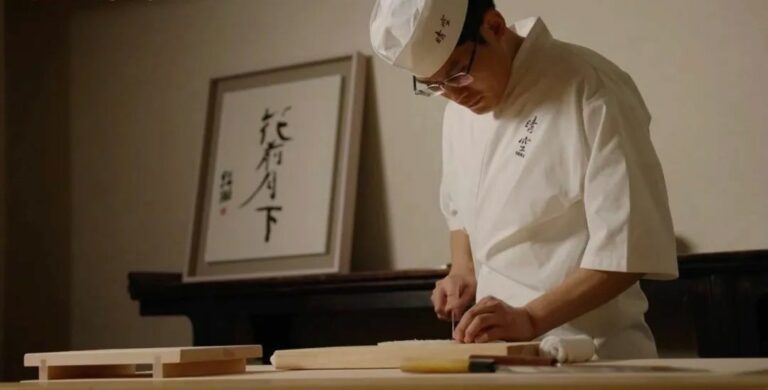
A renowned Japanese cuisine restaurant originated in Shenzhen, Seiku has secured a place among gourmet circles. After establishing its Shanghai branch two years ago, it has finally made its way north to Beijing. The owner's relentless pursuit of the highest quality ingredients and dishes instills a sense of assurance in diners; one knows upon entering that no subpar dish will be served. Such is the allure of Seiku.
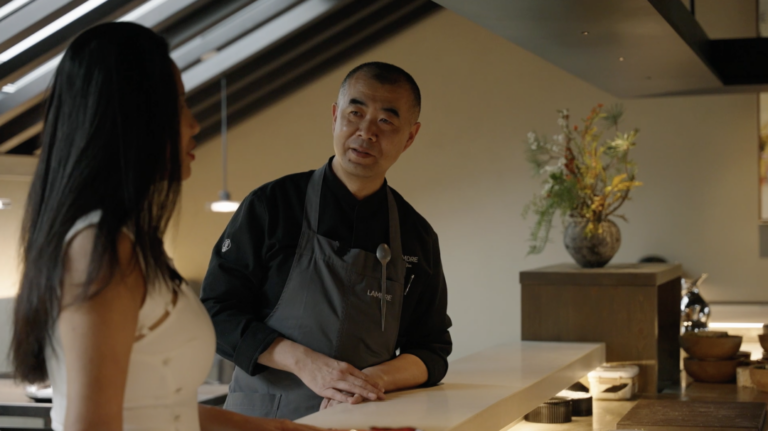
Lamdre, a plant-based restaurant in Beijing's bustling Sanlitun district, embraces an ambiance of tranquility through its symmetrical and minimalist design, creating an environment that embodies the Zen philosophy of purifying the mind and body. Distilling the essence of Japanese and Scandinavian design into a wabi-sabi aesthetic, combined with Chef Dai Jun's masterful plant-based dishes, the restaurant invites each guest to find inner peace and savour the bountiful gifts of nature.

Even the worldaround us is building more walls, globalization continues to flow through intangible things. Whether it's the fusion of various cuisines or the subtle tweaks made to local dishes in order to bring in other culinary traditions, one can see that a new generation of chefs is creating trends – each has a story behind. Chef Pam's fusion cuisine stems from her family background. Thai by birth, Chef Pam is the fifth generation of her family who immigrated from southern China. Chinese-Thai cuisine was her everyday diet, which also led to the creation of Potong, one of Bangkok's most sought-after restaurants.














